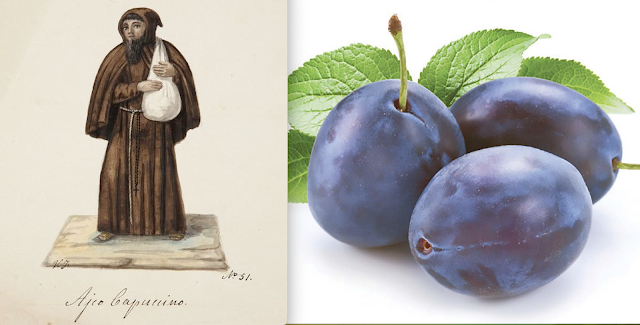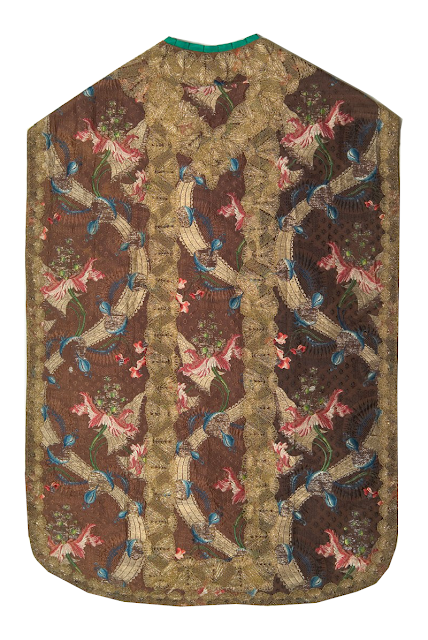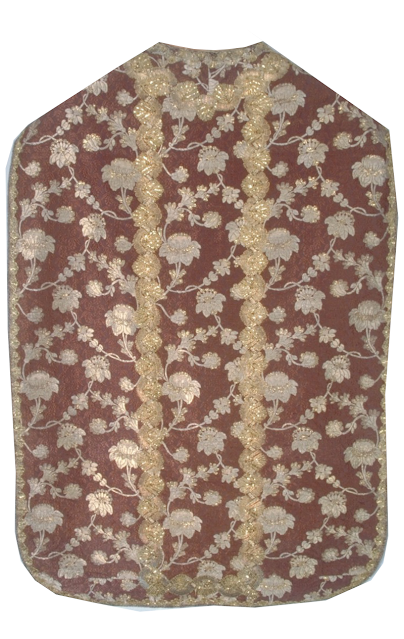Morello is used in the way violet is in the Roman rite. It is sometimes described as a kind of dark plum colour, meaning that it has elements of blues, purple and even brownish tones within its colour make up. The best way I can describe Ambrosian 'morello' is that it can land somewhere within a colour range that spans a brownish to bluish versiom of purple, sitting somewhere within the range of colours one might find between the Capuchin habit and a dark plum.
If you want a good comparison of this effective Ambrosian version of purple by comparison with something more typically Roman, the following image shows the Archbishop of Milan wearing a morello coloured chasuble and beneath it is a pontifical dalmatic in Roman purple. One can see from this that whereas Roman purple tends toward the reddish end of the violet spectrum, morello tends toward the bluish, blackish, brownish end of the purple spectrum.



















